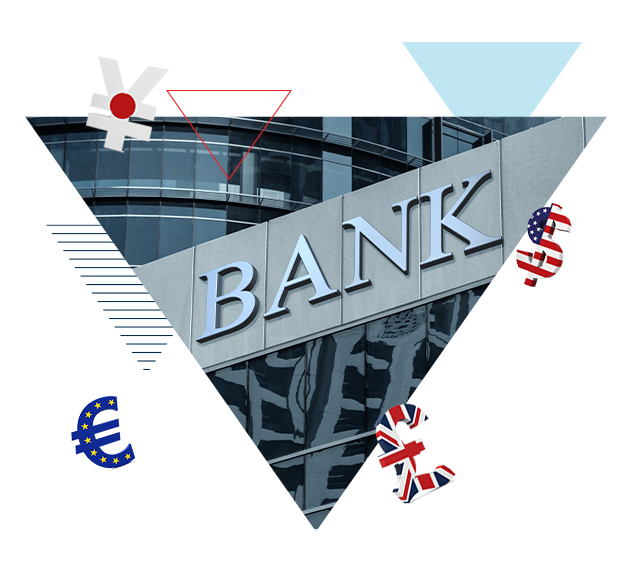FX Rates
What are FX Rates?
FX rates, also known as foreign exchanges rates, represent the value of one currency in relation to another. It forms the foundation of the foreign exchange day trading market, on which different world currencies are traded. Most FX rates are free-floating and will either rise or fall, depending on the supply and demand of the market. The forex market is the most liquid market in the world, with many trillions of dollars being exchanged each day. The trading of such a vast amount of money is determined by the varying FX rates at the time of buying and selling.
Historical Overview

Bretton Woods Agreement
Although the trading of currencies goes back many hundreds of years, to find a key event in history that best signifies the birth of the modern foreign exchange system, we have to go back to 1944 and the Bretton Woods Agreement. Delegates from 44 countries agreed to create a collective international currency exchange regime, devising a system whereby the US dollar was ultimately pegged to the price of gold. The Bretton Woods System was in place for around 30 years, before meeting its demise in the 1970s. However, it created a long-lasting impact in terms of its influence on international currency exchange, principally through its development of the International Monetary Fund (IMF) and World Bank.
The IMF and World Bank
The Bretton Woods Agreement spawned the creation of two major international monetary institutions: the IMF and the World Bank. Both of these bodies remain in existence today, serving as important pillars of the international finance market and global currency trading. The IMF was designed to monitor exchange rates and recognise and identify nations in need of financial assistance. Meanwhile, the World Bank was first established as a fund management organisation for the money set aside to provide support for those countries that had suffered the most following World War II. In its current form, the IMF is made up of 190 member nations and continues to support global monetary cooperation.

Factors Affecting the FX Rate
01
Supply and Demand
Floating exchange rates are influenced by the two key market forces of supply and demand. The balance of trade affects currency rates because the economics dictates that, when demand is high, prices will rise, and the value of the currency will appreciate. Conversely, prices generally decline when there is less demand, which usually occurs when a country imports more than it exports.
02
Geopolitics
The geopolitical risk and stability of a country’s government is also a contributing factor that affects exchange rates. Regime change or government instability in a country is likely to lead to a fall in the relative value of its currency, when compared with other more developed nations with less volatile administrations.
03
Pegging
The exchange rate of a country is also affected when a government buys or sells its own currency against a currency to which it is pegged against. For example, numerous countries around the world, predominantly around the Middle East, have decided to peg their currencies against the US dollar, including Saudi Arabia, Qatar and Bahrain.
Global Currency Pairs
A currency pair is a quotation of one currency against another, comparing the value of each one in relation to the other. In the pair, the first listed currency is called the base currency, whIle the second currency is known as the quote currency.
Major Currency Pairs
- EUR/USD
- USD/JPY
- GBP/USD
- USD/CHF